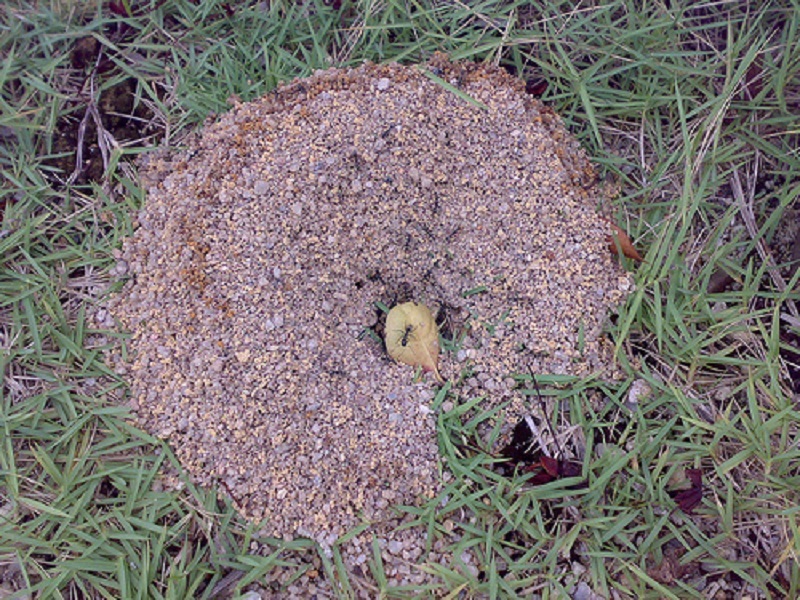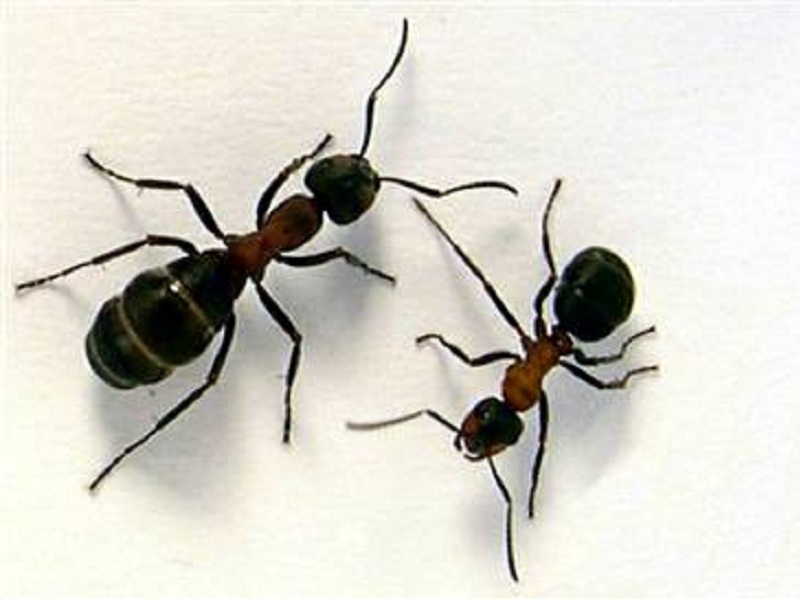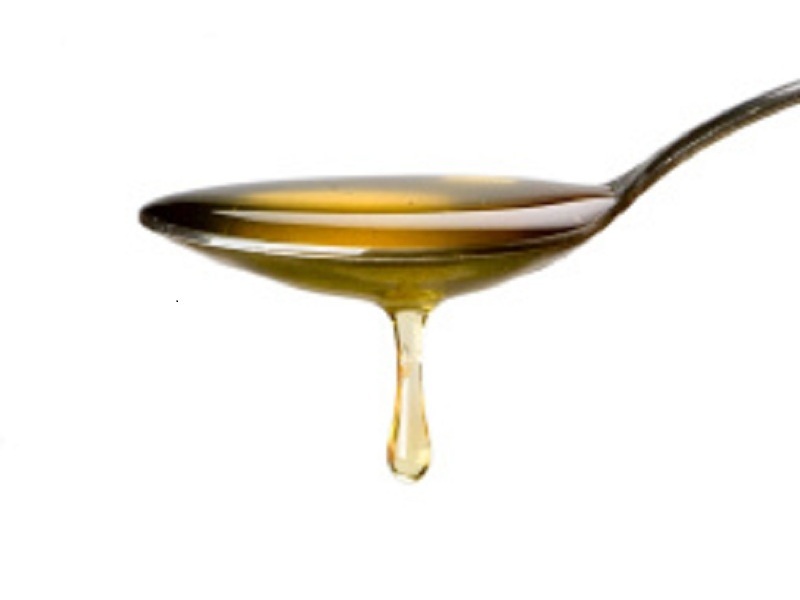Make an ant farm and give your child a no-cost educational pet. A fun way to teach entomology and how an ecosystem works. It can also be addictive as you watch the the ants going about the business of building a new home.
Projects from Make: Magazine
Make an Ant Farm
Make an ant farm and give your child a no-cost educational pet.












